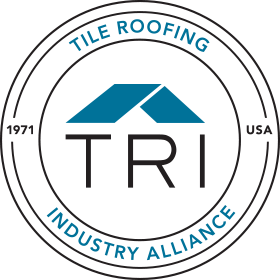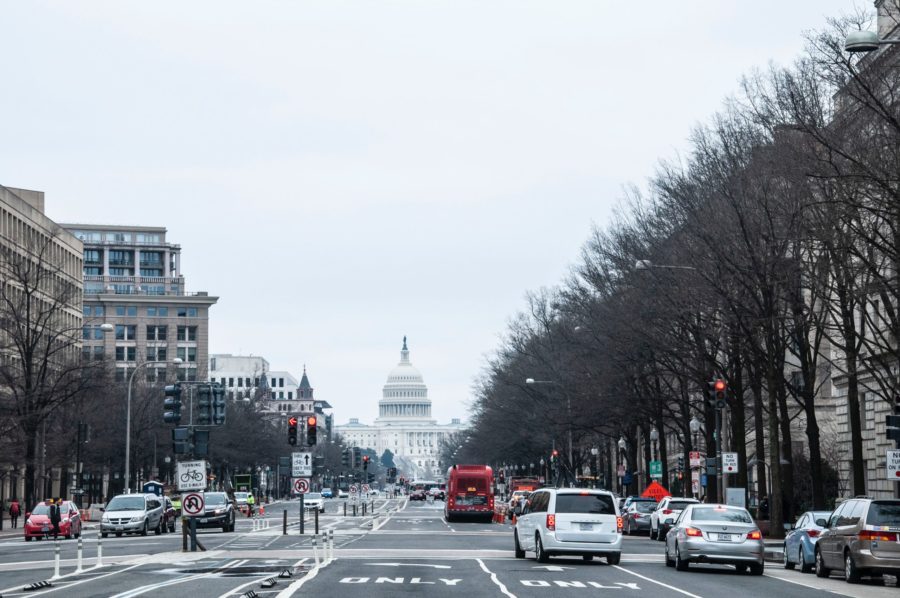Infrastructure Investment & Jobs Act Implementation
Implementation of the Infrastructure Investment and Jobs Act (IIJA – bipartisan infrastructure bill) is moving slowly. According to POLITICO, “About 75% of the infrastructure law will be distributed to states via a complicated formula set by existing statute, including the bulk of federal highway dollars.”
New Energy Programs & Grants
$62 billion for clean energy and energy-efficiency programs will be handled by the Dept. of Energy, which created two new undersecretary slots to administer them. Many of the DOE programs are new and will be funded by grants, such as $250 million for energy-efficiency building retrofits and $500 million for energy-efficiency and renewable energy improvements for public schools. Because these programs are new, DOE is still preparing regulatory procedures for the grants and this has been exacerbated by the late passage of the FY22 spending bill and hiring 1,000 additional staff.
Other considerations for businesses are:
- The need to clarify “Buy In America” requirements with OMB establishing a new office for this.
- A new MOU between DOT and DOL to review the “union-friendly” record of applicants for transportation programs which strongly suggests a DOE—DOL MOU can be expected.
OSHA Heat Illness Standard
The first meeting of the National Advisory Committee on Occupational Safety and Health (NACOSH) Work Group on Heat Injury and Illness Prevention in Indoor and Outdoor Activities was held Feb. 25 and minutes are available to the public. The Director of the Office of Engineering Safety for OSHA’s Directorate of Standards and Guidance said on March 18 that the Advance Notice of Proposed Rulemaking received over 1,000 comments and the Working Group is reviewing them and OSHA’s heat-illness guidance materials as they might translate to a rulemaking.
The next Working Group meeting will be in late May and there might be opportunities at future meetings for industries to discuss unique considerations in their respective lines of work with regard to complying with an OSHA heat standard.
OSHA Staffing and Enforcement
During a recap of the ABA’s OSHA Section Meeting, it was reported that OSHA head Doug Parker said the agency isn’t done with COVID rulemaking and enforcement yet. Parker and OSHA deputy secretary Jim Frederick are also focused on rebuilding the agency by filling vacant inspector slots (OSHA has hired 100 new inspectors with 70 on the job) and senior slots to carry out administration policies. OSHA is also bringing back its Site-Specific Targeting Inspection Program that will focus on high-hazard worksites and non-responders to electronic recordkeeping reporting requirements.
DOL Proposal to Update Davis-Bacon
On March 18, DOL published a proposed rule to update regulations for the Davis-Bacon Act, which applies to federal and federally-assisted construction projects. The law requires a company that accepts such a contract to pay its workers the “prevailing wage” which, in practice, has meant contactors must either have unionized workers or pay them as if they were unionized. Critics argue this proposal is simply a way for DOL to get around having to compile data on prevailing wages for a majority of workers in an area by allowing an arbitrary shortcut based on what the top 30% of workers earn. As such, Associated Builders and Contractors, Associated General Contractors and other employer groups are not supportive of DOL’s proposed new rule.
Supply Chain Crisis
On 3/22, the Senate Commerce, Science and Transportation Committee unanimously approved by voice vote the Ocean Shipping Reform Act of 2022 (S. 3580), as amended. OSRA22 differs somewhat from OSRA21 (H.R. 4996) which passed the House twice with over 360 votes, but there are many more similarities than differences and prospects are good for enactment.

